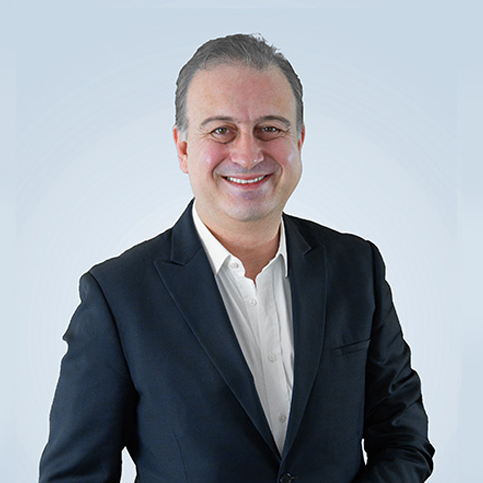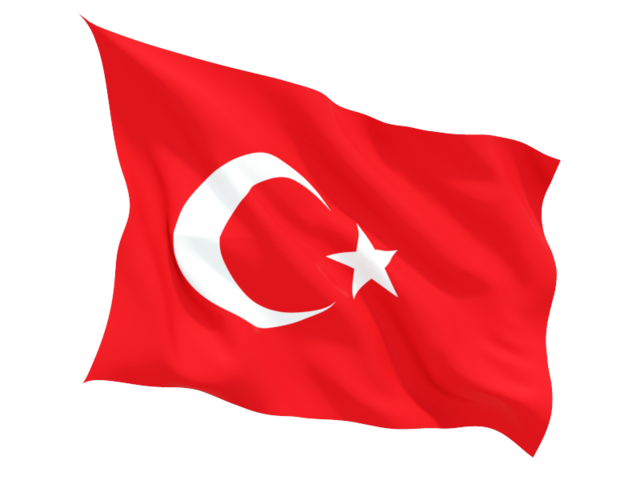Introduction
Muscle injuries (MI) are prevalent in athletic populations, accounting for a significant portion of sports-related injuries. For instance, MIs represent more than 30% of all injuries in professional soccer and more than 20% in basketball (1, 2). These injuries can lead to prolonged periods away from sport, impacting both amateur and professional athletes. Traditional treatment modalities include rest, physical therapy, and pharmacological interventions. However, orthobiologics have been introduced as an alternative with natural healing processes.
Orthobiologics are biological substances which have been mostly used in orthopaedic practice in the last 2 decades. They are mostly obtained from the patient itself as an autograft application or can be applied as an allograft application. Platelet-rich plasma (PRP), Orthokine (Autologous Condition Serum – ACS) other blood derived orthobiologics are used in today’s practice for MI. These treatments leverage the body’s own cells and growth factors to promote tissue regeneration, reduce inflammation, and accelerate recovery. Especially in elite athletes, orthobiologics can be used as a treatment modality for meniscal tears, rotator cuff tears, muscular sprains, Achilles tendinopathies, tendonitis, ligament sprains, cartilage defects for faster recovery. It can be also used to augment surgical treatments such as cuff repair, meniscus repair etc.
Platelet-Rich Plasma (PRP)
PRP is derived from the patient’s own blood, concentrated to contain higher levels of platelets than normal. These platelets release growth factors that stimulate tissue repair. However, it also raises catabolic cytokines and pro-fibrotic growth factor. Therefore, the timing of injection should also be taken into consideration—with the initial local tissue damage still forming even in the first 24–48 h from injury with local bleeding/hematoma formation still taking place; it is recommended that the administration of PRP should therefore be avoided in the first 24 and even 48 h post injury.
PRP has been utilized in various musculoskeletal conditions, including muscle strains and tendinopathies. In the literature, PRP demonstrates an improvement at MI with low complication rates.
Sanchez et al. analyzed the use of PRP in different grades of muscle injuries in 21 professional soccer players, reporting the PRP group required half the time to resume normal training activities (3). Rossi et al. performed a randomized controlled trial comparing a rehabilitation program plus a PRP injection vs. a rehabilitation program alone for hamstrings, quadriceps, and gastrocnemius injuries, reporting significantly earlier full recovery and significantly lower pain scores in the PRP group (4). In addition, mild injury in the hamstring muscles, Hamid et al. reported a significantly shorter time to return to play in the PRP group (26.7 days) when compared to the rehabilitation alone group (42.5 days) (5). Grassi et al. reviewed six randomized controlled trials which included mostly professional athletes with MI in different locations (hamstrings, rectus femoris, quadriceps, gastrocnemius, thigh, foot and ankle, and shoulder), reporting statistically significant shorter time to return to sports in the PRP-treated groups (6).
In a review by Chellini et al., PRP and PPP blood derivates were studied on muscle regeneration. Even though there are conflicted results in the literature, they concluded that, PRP enhances muscle repair by promoting satellite cell activation, reducing fibrosis, modulating inflammation, and stimulating angiogenesis and myogenic differentiation. On the other hand, PPP, though low in platelets, supports muscle regeneration primarily by promoting myoblast differentiation and myotube formation, potentially offering a less inhibitory environment for myogenesis than PRP (7).
Orthokine (ACS)
Autologous conditioned serum (ACS) therapy harnesses the regenerative potential of the patient’s own blood components to promote tissue healing and repair. The therapeutic effects of ACS therapy are mediated through the modulation of inflammation, growth factor, and cytokine regulation, especially by IL-1Ra.
A study conducted by Wright-Carpenter et al. showed that muscle injuries can be treated with ACS, injecting into the affected muscle. It is compared to the Actovegin®/Traumeel® injections in athletes. Return to full training time is reduced by 5.7 days (16.6 vs 22.3 days) in the ACS group (8). An in vivo study using mice demonstrates an accelerated tissue healing compared to saline injection with a severe contusion on the gastrocnemius muscle – 30 vs 48 hours accelerated tissue recovery (9).
Actovegin®/Traumeel®
Even though, both injections are not considered as an orthobiological agents, they are mostly used in MI in sports medicine. Calf blood compound (CPC) (Actovegin) is a biological drug manufactured from a natural source which contains typical salts, trace elements, and high concentrations of various amino acids. Traumeel (Tr14), on the other hand, is a homeopathic solution with a combination of 12 botanical and 2 mineral substances with proven anti-inflammatory, antiedema, as well as anti-exudative properties.
In a study with football players, the Actovegin injection therapy regimen described for grade 1 hamstring injuries appears to significantly reduce the number of days to return to play, with an average reduction of 8 days compared to rehabilitation therapy alone (10).
Other Orthobiological Agents
Adipose Derived MSCs, BMAC and exosomes are mostly used in osteoarthritis and tendinopathies. Even though, they are known to express cytokines, maintain metabolic homeostasis, and improve the histological properties of applied region, they are less likely to be used in muscle injuries in orthopaedic practice and sports injuries.
Conclusion
Orthobiologics represent a promising solution in the treatment of MI in sports field. While current evidence suggests potential benefits, especially in acute injuries, further research is necessary to establish standardized practices and confirm long-term efficacy. As the field evolves, orthobiologics may become integral to sports medicine, offering athletes enhanced recovery options and improved outcomes.
References
- Ekstrand J, Hägglund M, Waldén M. Epidemiology of Muscle Injuries in Professional Football (Soccer). The American Journal of Sports Medicine. 2011;39(6):1226-32.
- Rodas G, Bove T, Caparrós T, Langohr K, Medina D, Hamilton B, et al. Ankle Sprain Versus Muscle Strain Injury in Professional Men’s Basketball: A 9-Year Prospective Follow-up Study. Orthopaedic Journal of Sports Medicine. 2019;7(6):2325967119849035.
- Mishra A, Woodall J, Jr., Vieira A. Treatment of Tendon and Muscle Using Platelet-Rich Plasma. Clinics in Sports Medicine. 2009;28(1):113-25.
- Rossi LA, Molina Rómoli AR, Bertona Altieri BA, Burgos Flor JA, Scordo WE, Elizondo CM. Does platelet-rich plasma decrease time to return to sports in acute muscle tear? A randomized controlled trial. Knee Surgery, Sports Traumatology, Arthroscopy. 2017;25(10):3319-25.
- A Hamid MS, Mohamed Ali MR, Yusof A, George J, Lee LPC. Platelet-Rich Plasma Injections for the Treatment of Hamstring Injuries:A Randomized Controlled Trial. The American Journal of Sports Medicine. 2014;42(10):2410-8.
- Grassi A, Napoli F, Romandini I, Samuelsson K, Zaffagnini S, Candrian C, et al. Is platelet-rich plasma (PRP) effective in the treatment of acute muscle injuries? A systematic review and meta-analysis. Sports Medicine. 2018;48:971-89.
- Chellini F, Tani A, Zecchi-Orlandini S, Sassoli C. Influence of Platelet-Rich and Platelet-Poor Plasma on Endogenous Mechanisms of Skeletal Muscle Repair/Regeneration. International Journal of Molecular Sciences. 2019;20(3):683.
- Wright-Carpenter T, Klein P, Schäferhoff P, Appell HJ, Mir LM, Wehling P. Treatment of muscle injuries by local administration of autologous conditioned serum: a pilot study on sportsmen with muscle strains. Int J Sports Med. 2004;25(8):588-93.
- Majewski M, Ochsner PE, Liu F, Flückiger R, Evans CH. Accelerated healing of the rat Achilles tendon in response to autologous conditioned serum. Am J Sports Med. 2009;37(11):2117-25.
- Lee P, Rattenberry A, Connelly S, Nokes L. Our Experience on Actovegin, is it Cutting Edge? Int J Sports Med. 2011;32(04):237-41.



